- Nghe An: Two children tragically drowned
- Reduce drowning accidents in children and students
- Awarding certificates of merit to two male students who saved a drowning child
- Tilting upside down is a mistake when giving first aid to a drowning child.
Only 8.63% of schools have swimming pools
According to a report by the Ministry of Labor, Invalids and Social Affairs, in the period 2015-2020, on average, about 2,000 children in Vietnam died from drowning each year. Although the number of children drowning has decreased in recent years, it is still one of the leading causes of death in children.
In the 3 years 2020 - 2022, there were over 500 drowning incidents nationwide, killing 1,956 preschool children and students. The 10 localities with the highest drowning rates in 2020 - 2022 include: Nghe An, Thanh Hoa, Bac Giang, Quang Ninh, Kon Tum, Dak Lak, Quang Binh, Bac Ninh, Dong Thap, Hung Yen.
There are many causes of drowning accidents in children and students. In addition to objective causes due to terrain, floods, natural disasters, some subjective causes such as: Children and students lack safety skills in water environment and the management of family, elders, and schools is still loose and not strict.
According to statistics from 59/63 Departments of Education and Training, by the end of 2022, the total number of swimming pools in schools is 2,184 pools/25,307 schools, accounting for 8.63% of schools with swimming pools.
Many localities have paid attention to investing in building swimming pools in schools in quite large numbers such as: Bac Giang 129 swimming pools; Bac Ninh 80 swimming pools; Lam Dong 80 swimming pools, Ben Tre 75 swimming pools...
Mr. Nguyen Nho Huy, Deputy Director of the Department of Physical Education (Ministry of Education and Training), said that the investment and use of swimming pools in primary schools has been effective, gradually meeting the requirements for organizing swimming lessons and water safety skills in some schools. Some schools with swimming pools have flexibly utilized legal socialized funding sources for investing in water sources, treating water sources, and coordinating swimming lessons for students according to regulations.
However, there are still many localities with too few swimming pools in schools. Many swimming pools have degraded, the water quality is not guaranteed, there is no funding, and there are no qualified staff to operate the swimming pools. In some places, the mechanism to call for social investment in swimming pools in schools is not clear, some schools do not have enough land to build swimming pools...
According to reports from the Departments of Education and Training, the vast majority of physical education teachers can teach swimming. Currently, nearly 70% of physical education teachers have been trained in teaching swimming and drowning prevention skills, and first aid. However, the percentage of teachers with certificates/certificates of completion of swimming instructor training issued by the Department of Culture, Sports and Tourism is still low compared to the actual needs in many places. This is a common situation in many localities, especially in disadvantaged and mountainous provinces.
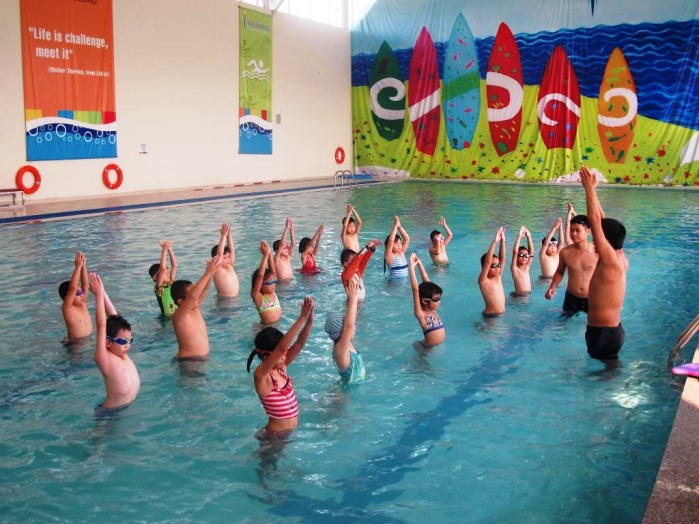
Organize safe swimming lessons and drowning prevention in schools.
Bringing swimming to schools
Although there are still many difficulties in terms of resources and conditions to ensure swimming lessons for students in schools, localities and educational institutions have had many creative ways to bring swimming into schools during regular school hours and to practice extracurricular skills.
Some schools with swimming pools have developed specific plans to organize swimming lessons for students in the optional Physical Education subject during off-hours during regular school hours or through extracurricular classes at the school; at the same time, effectively exploit the swimming pool outside of regular school hours.
Some schools, unable to arrange swimming lessons during regular school hours, organize swimming lessons for students outside of school hours without charging fees or during extracurricular hours. Swimming lessons have been directed by schools to be implemented in the task of teaching and learning elective sports, the teaching plan is maintained, ensuring the content is in accordance with regulations.
In addition to organizing swimming lessons for students in schools, localities and schools have actively promoted, mobilized and coordinated with parents to register their children for swimming lessons at swimming facilities outside of schools and assigned teachers to regularly monitor and grasp the results of students' swimming lessons.
Communication and education on basic drowning prevention have been fully implemented, thereby contributing to raising awareness of parents and students themselves in preventing drowning accidents.
Participating in the implementation of the Child Drowning Prevention Program in 12 provinces and cities, Ms. Doan Thi Thu Huyen, Director of the US Campaign For Tobacco-Free Kids in Vietnam (Global Health Policy Advocacy Program) said that there should be unified standards and documents on teaching safe swimming; instructions to ensure injury prevention for students before, during and after school. In addition, promoting the teaching of water safety skills, integrating teaching into official subjects and extracurricular hours at all levels, prioritizing primary and secondary schools. At the same time, perfecting flexible policies and mechanisms to manage, operate, maintain, and exploit the full capacity of swimming pools, and being able to coordinate with private organizations to implement safe swimming teaching during the summer months when students are on school break. Communication to raise awareness and change safe behaviors of parents and caregivers needs to be carried out regularly, not just peaking during the summer months...
Deputy Minister of Education and Training Ngo Thi Minh, Head of the Subcommittee on Physical Education, National Council for Education and Human Resources Development, commented: Teaching safe swimming and preventing drowning in schools is an issue of concern to the whole society. To carry out this work, the responsibility does not only lie with the Ministry of Education and Training, but there needs to be a close coordination mechanism between schools, families and society, and the coordination and drastic participation of the education sector and ministries, sectors and localities...
Deputy Minister Ngo Thi Minh also noted that socialization needs to be further promoted so that teaching safe swimming and preventing drowning in schools can be carried out more effectively, reducing drowning accidents among children and students.
Source link


![[Photo] Prime Minister Pham Minh Chinh chairs meeting to discuss tax solutions for Vietnam's import and export goods](https://vstatic.vietnam.vn/vietnam/resource/IMAGE/2025/4/10/19b9ed81ca2940b79fb8a0b9ccef539a)

![[Photo] Summary of parade practice in preparation for the April 30th celebration](https://vstatic.vietnam.vn/vietnam/resource/IMAGE/2025/4/11/78cfee0f2cc045b387ff1a4362b5950f)
![[Photo] Phuc Tho mulberry season – Sweet fruit from green agriculture](https://vstatic.vietnam.vn/vietnam/resource/IMAGE/2025/4/10/1710a51d63c84a5a92de1b9b4caaf3e5)





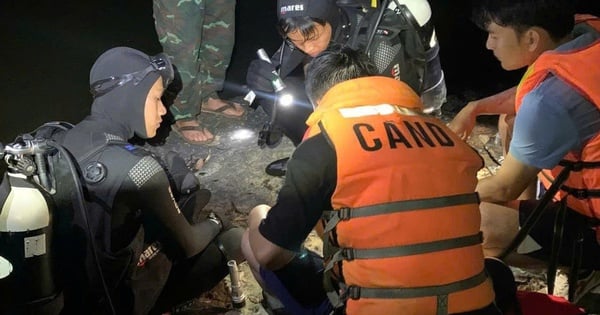

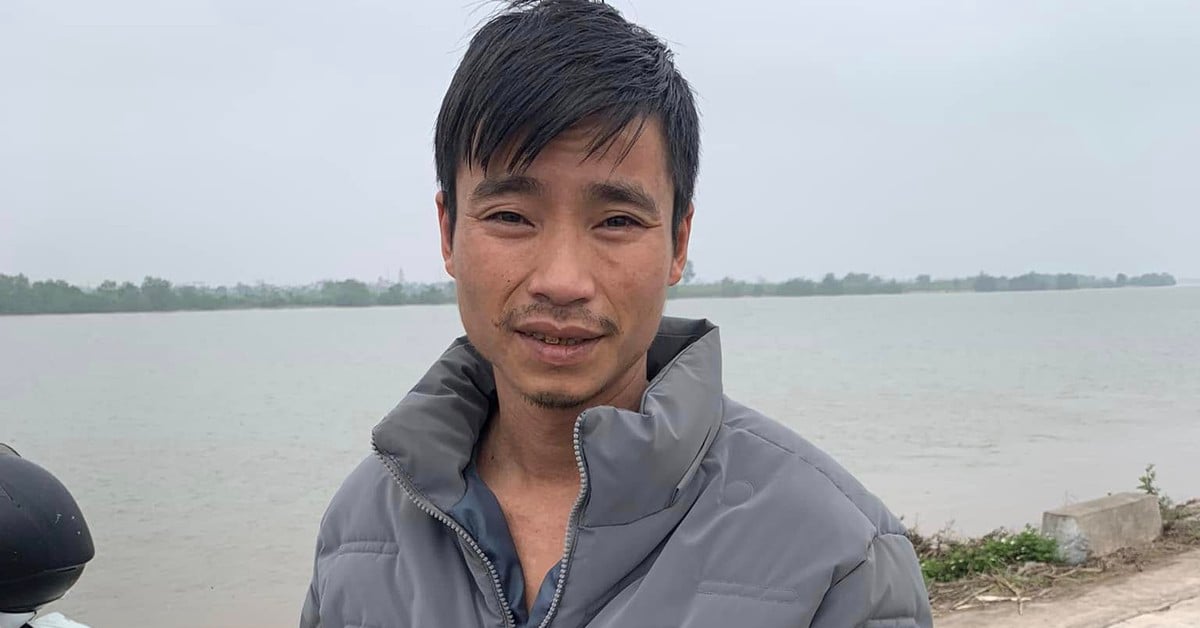

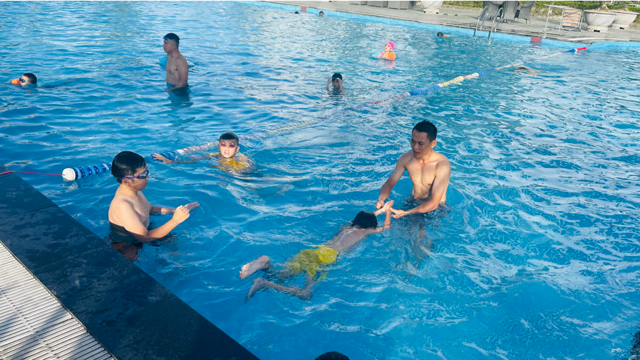




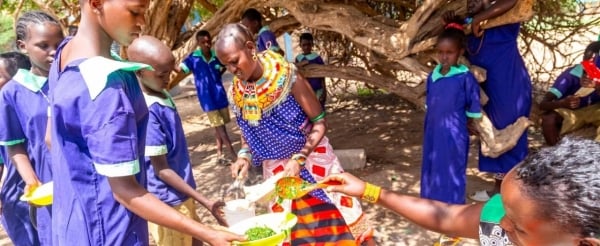
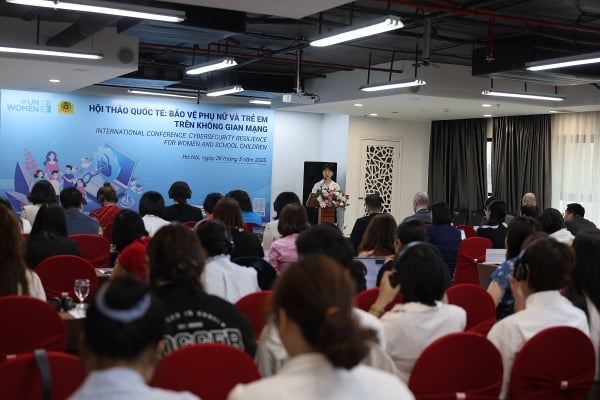
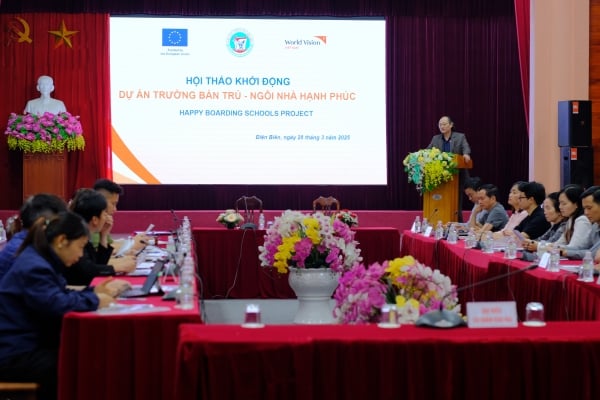
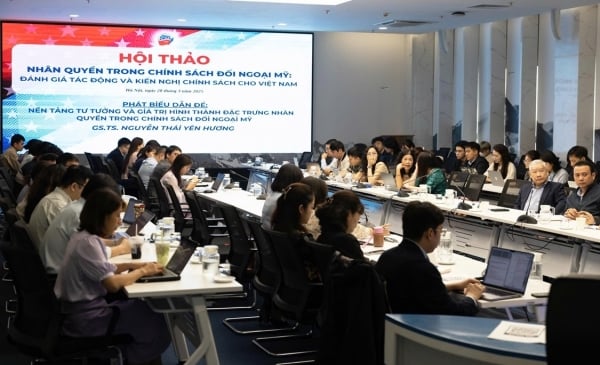




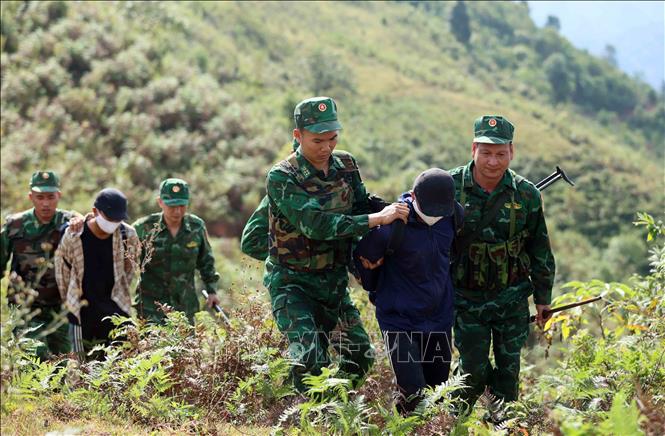

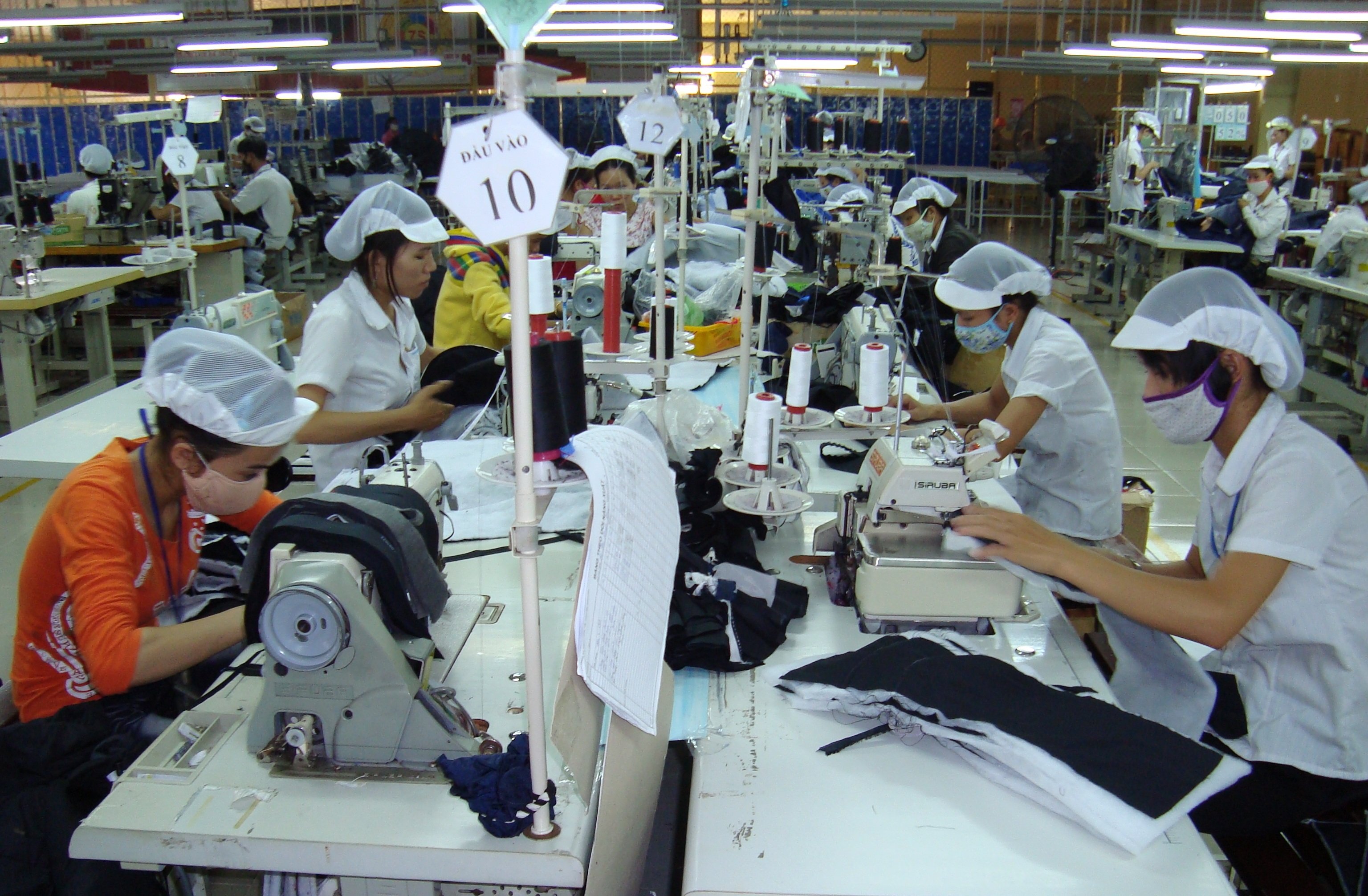

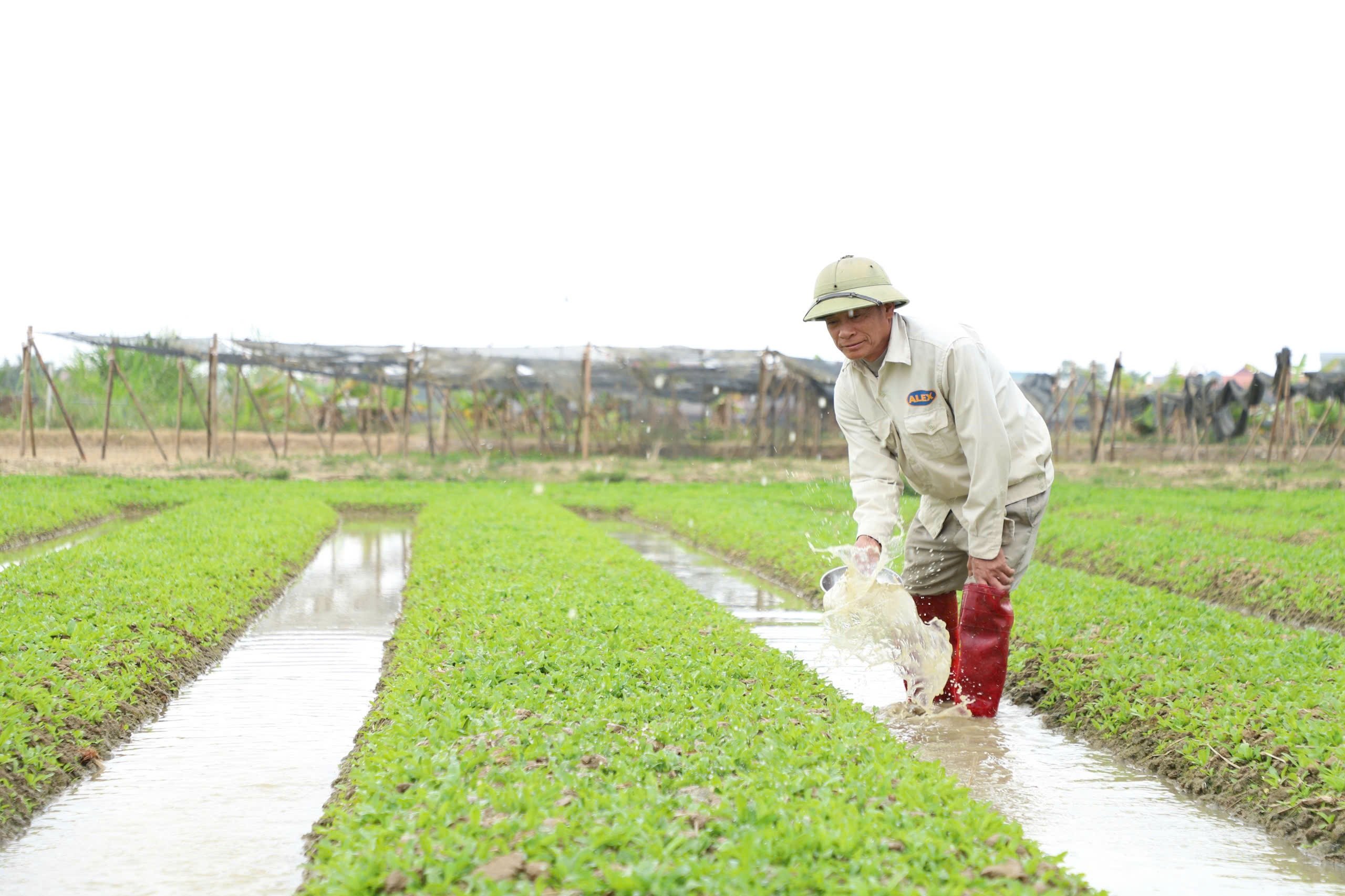






















































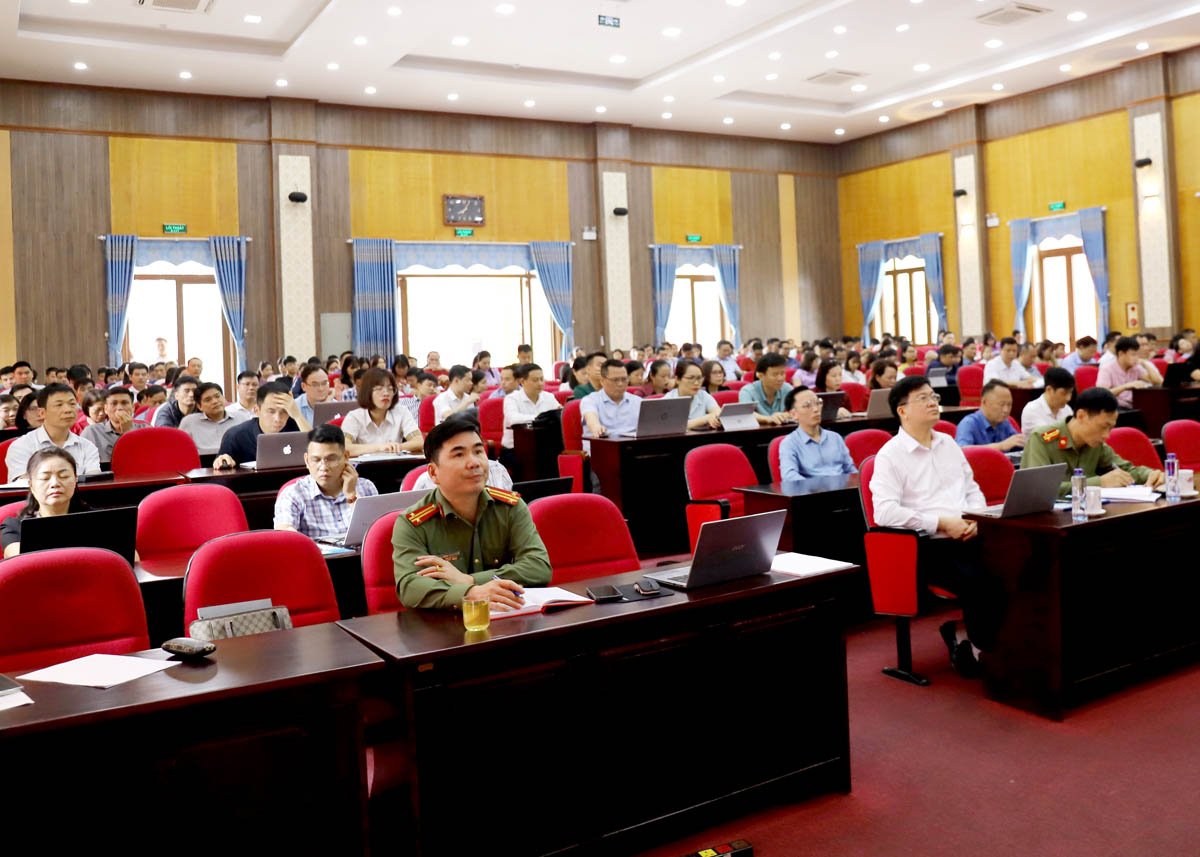










Comment (0)